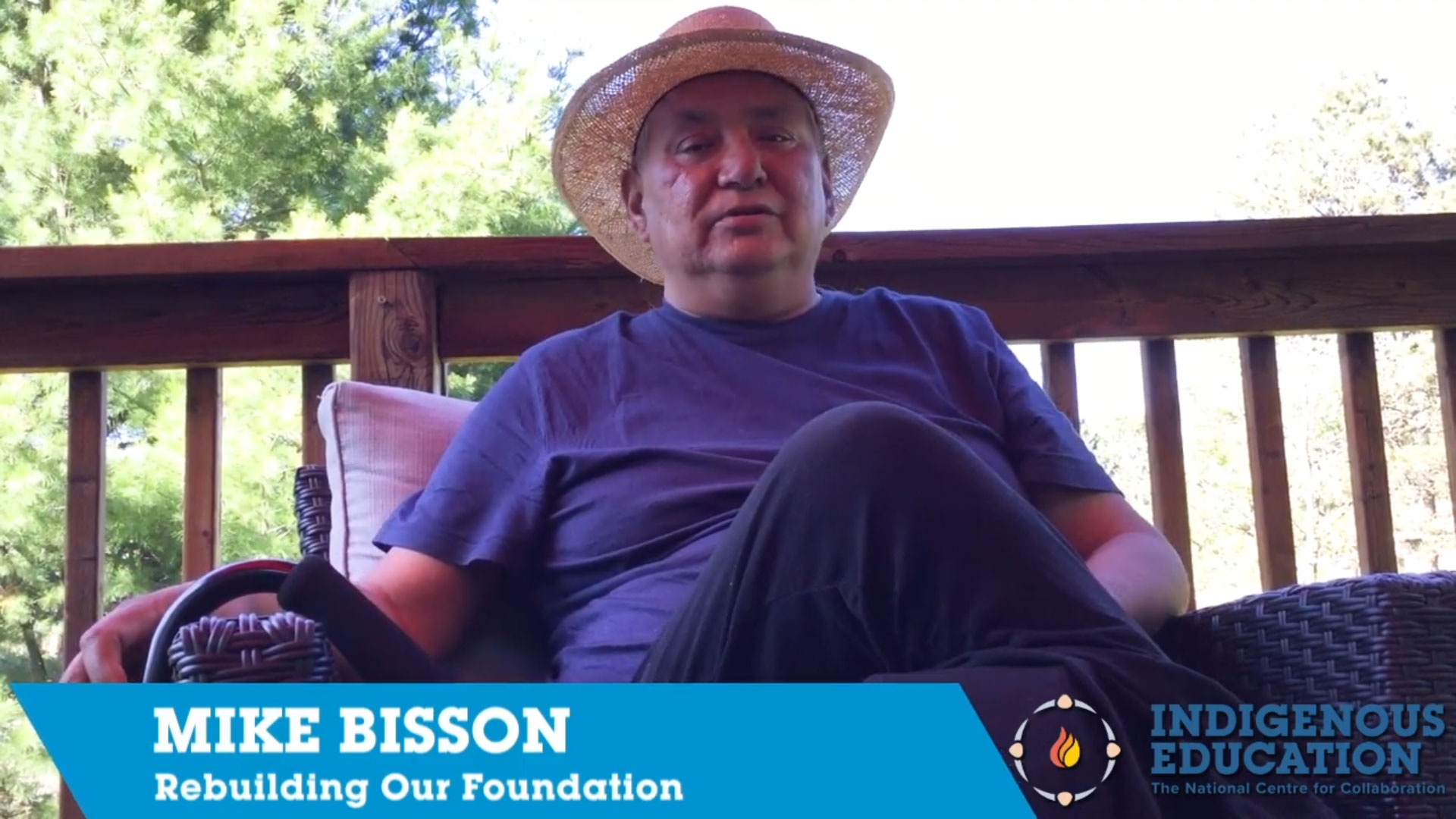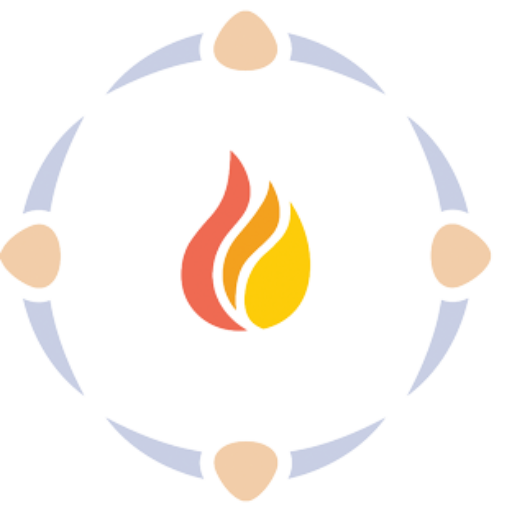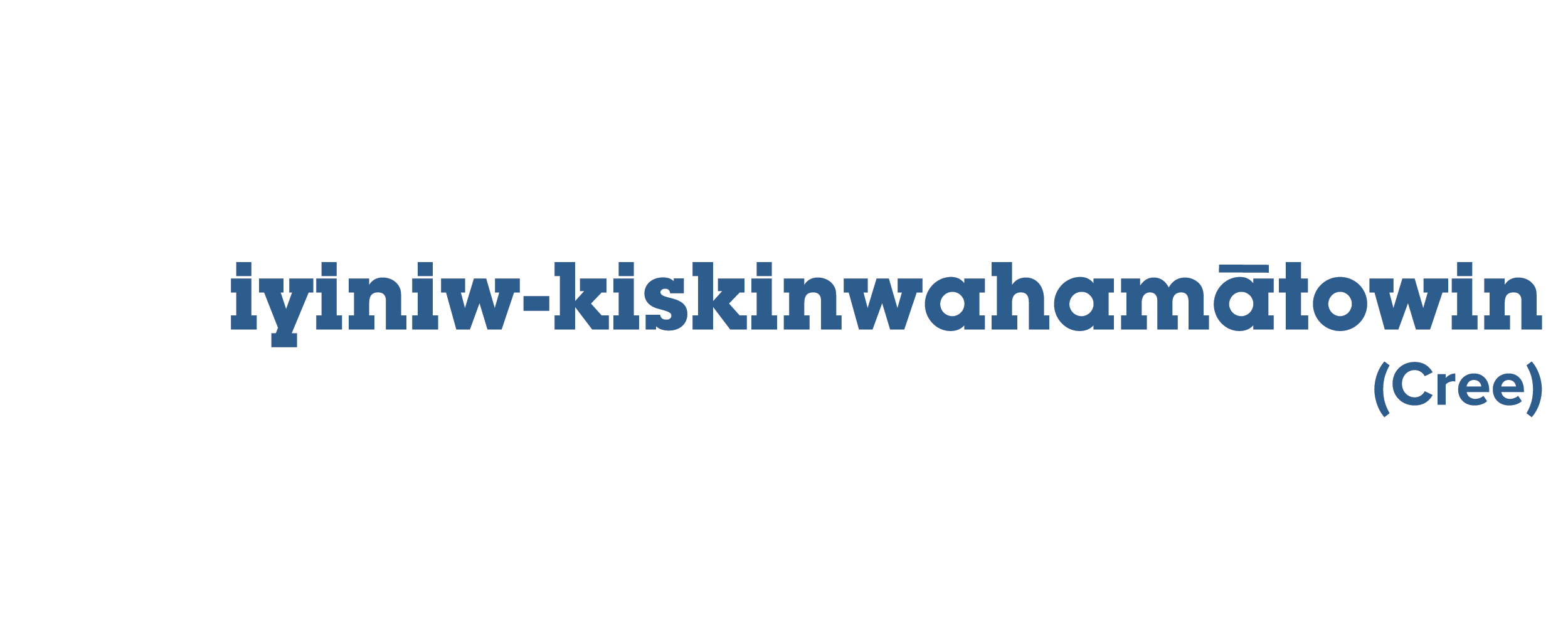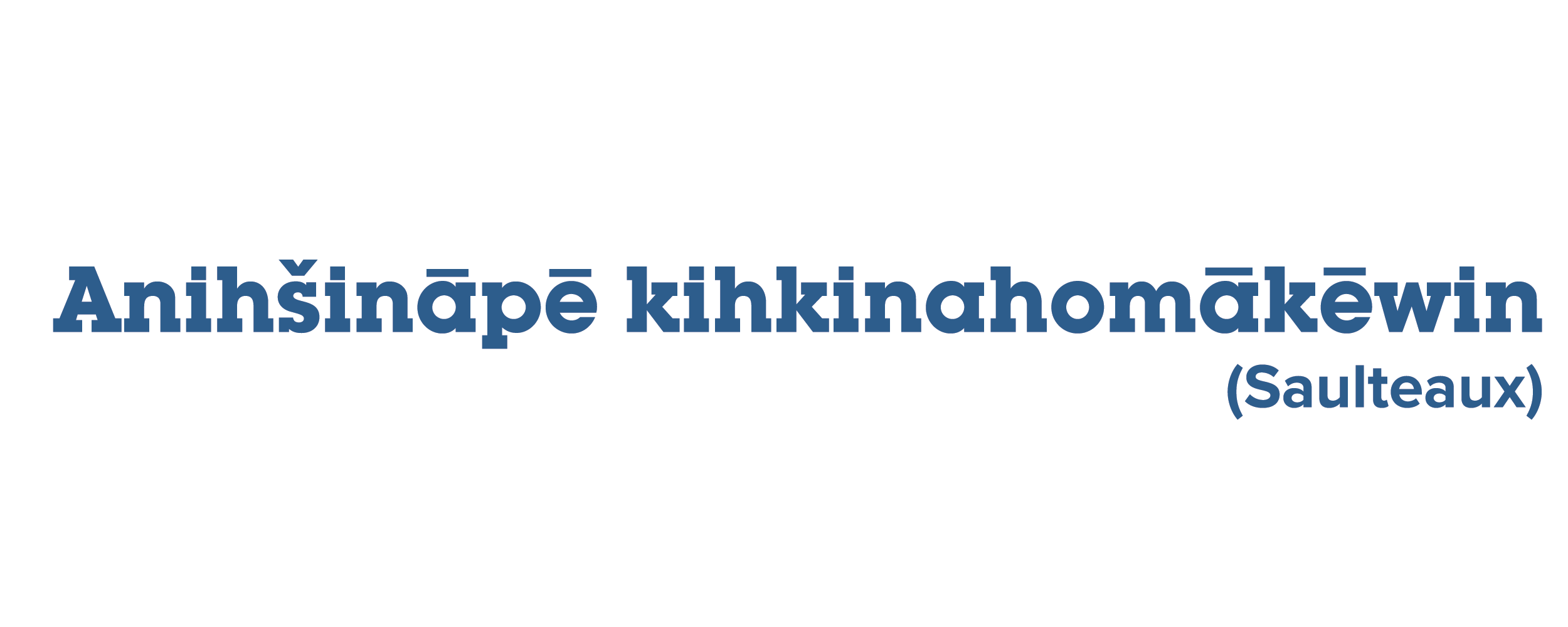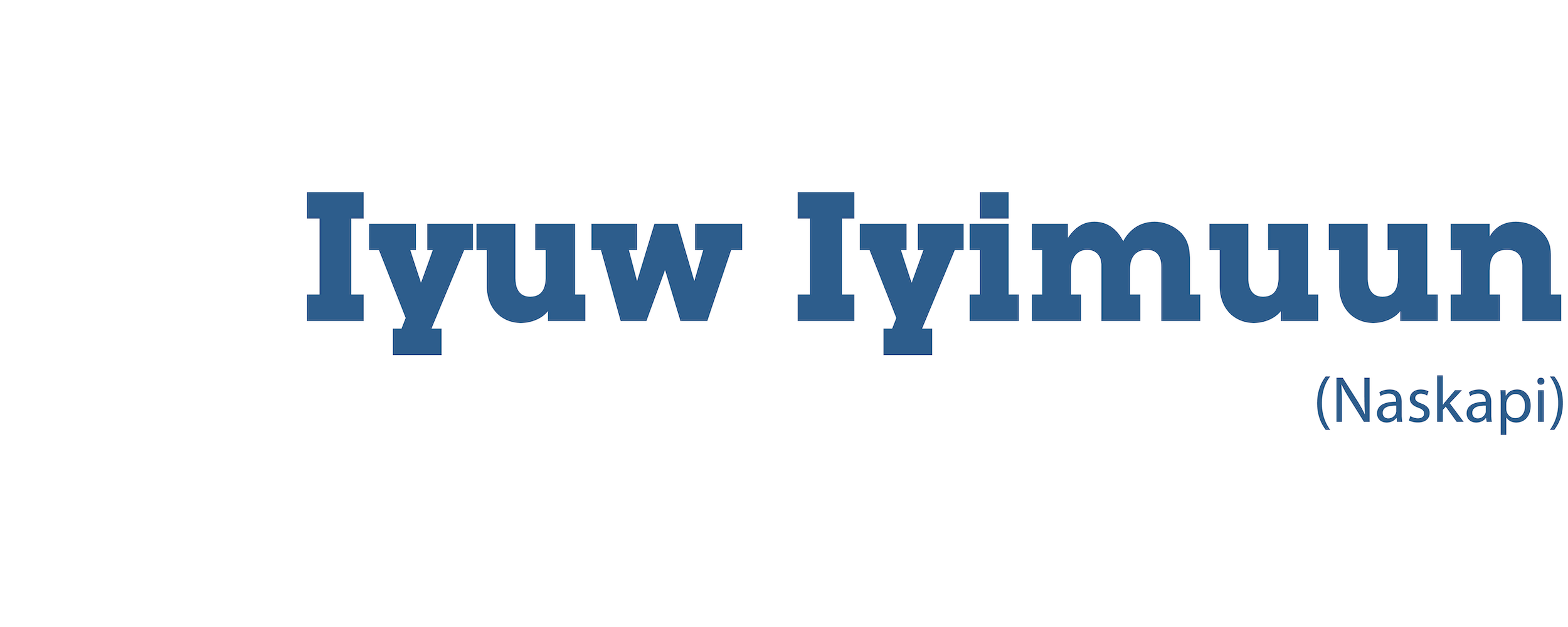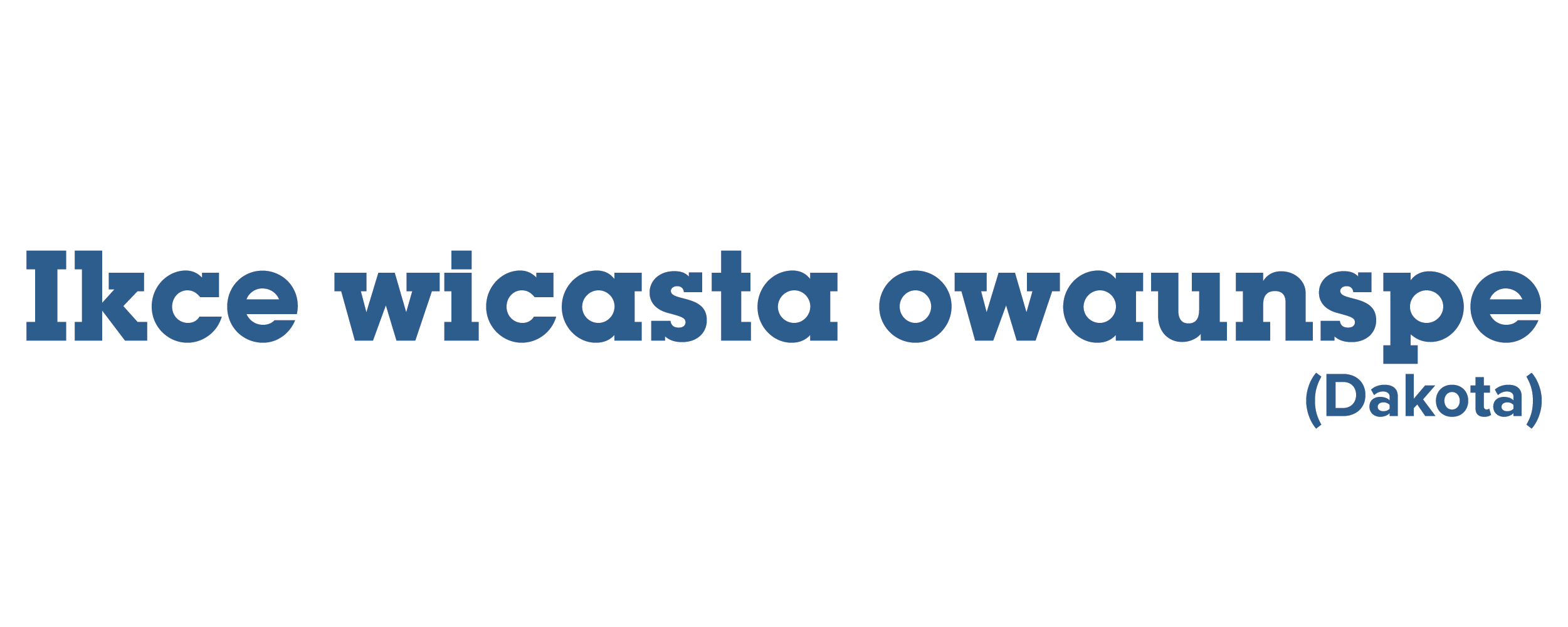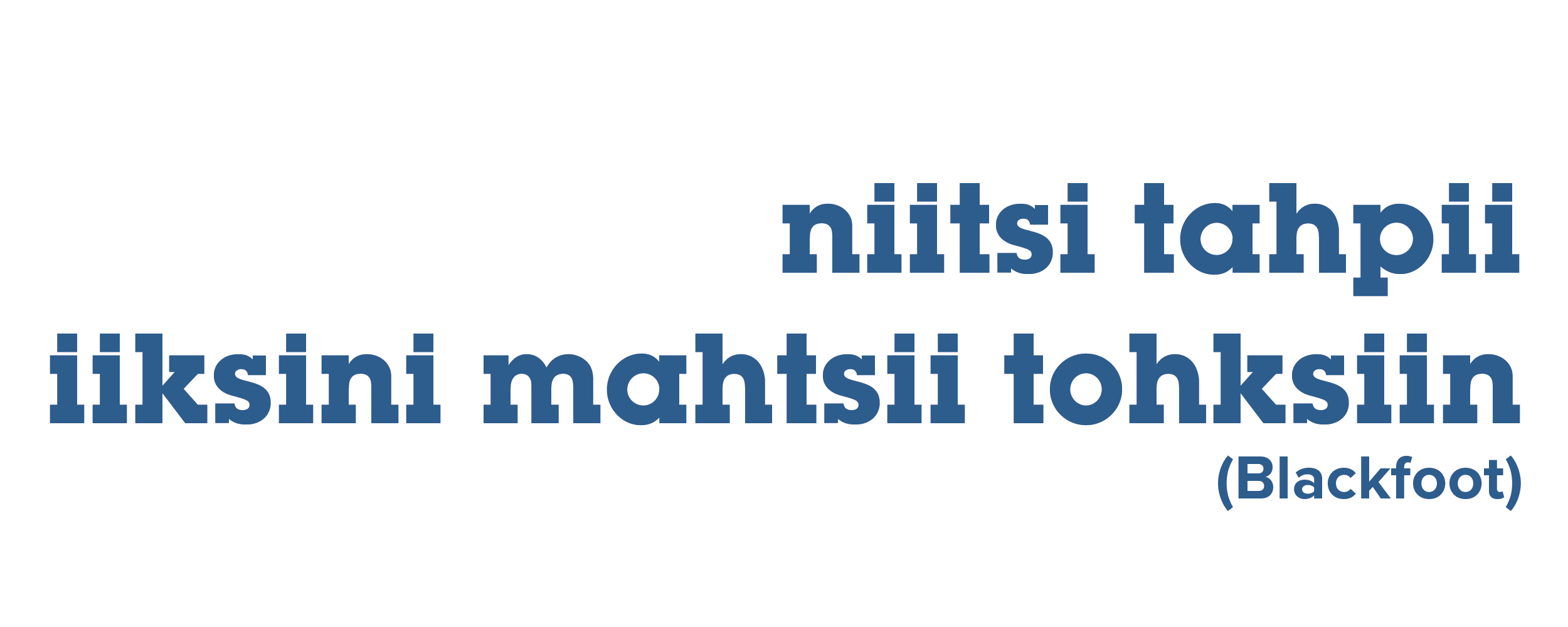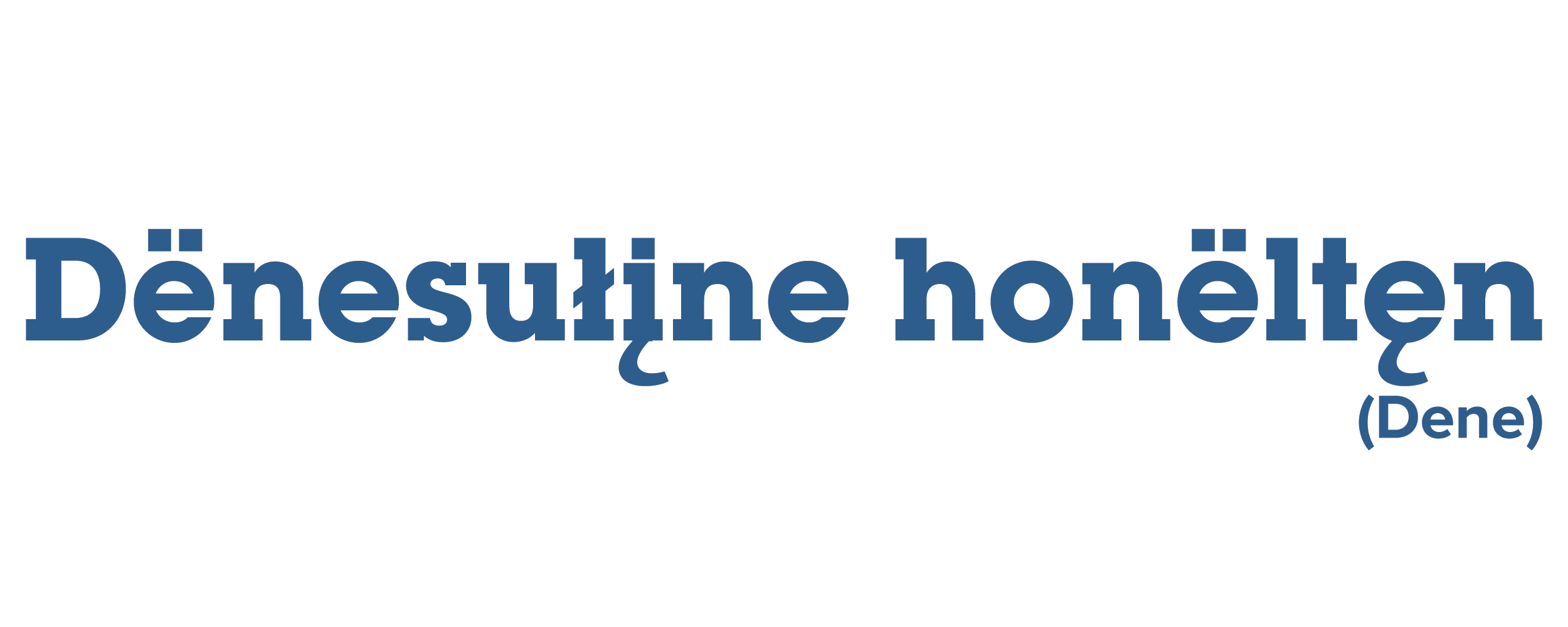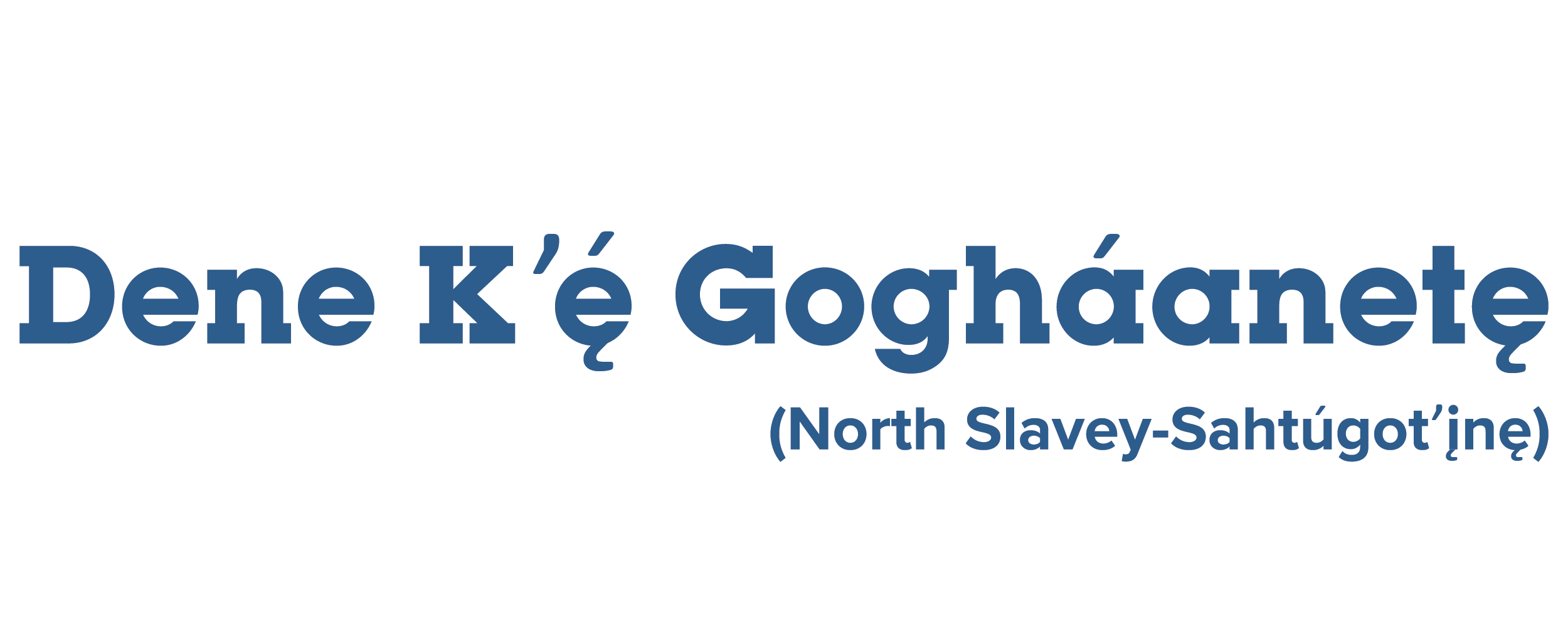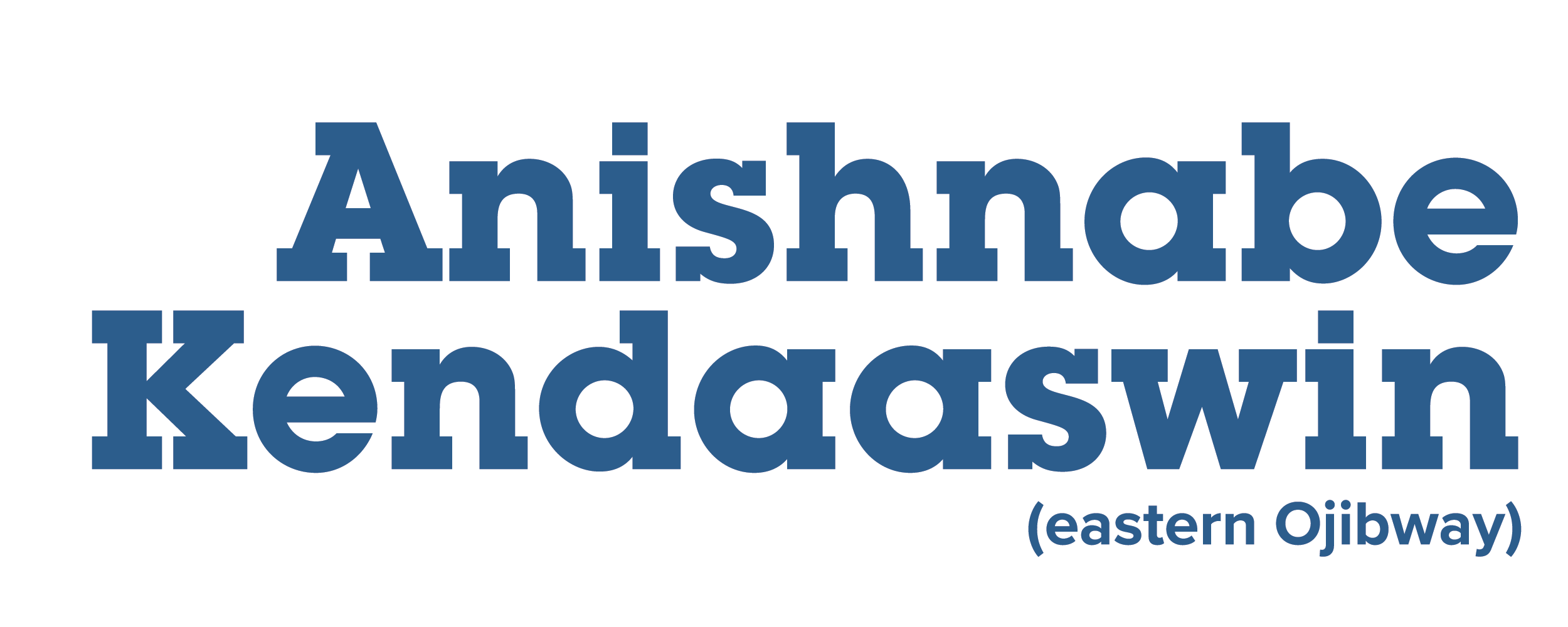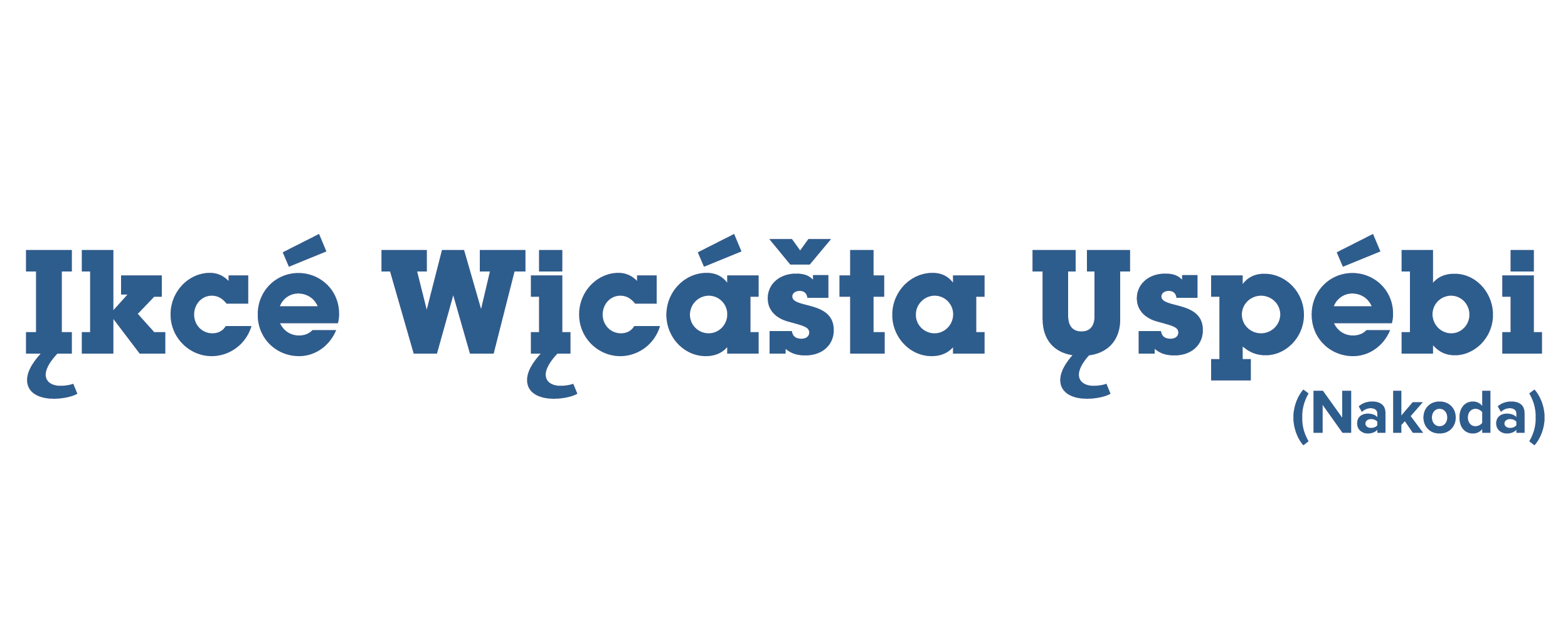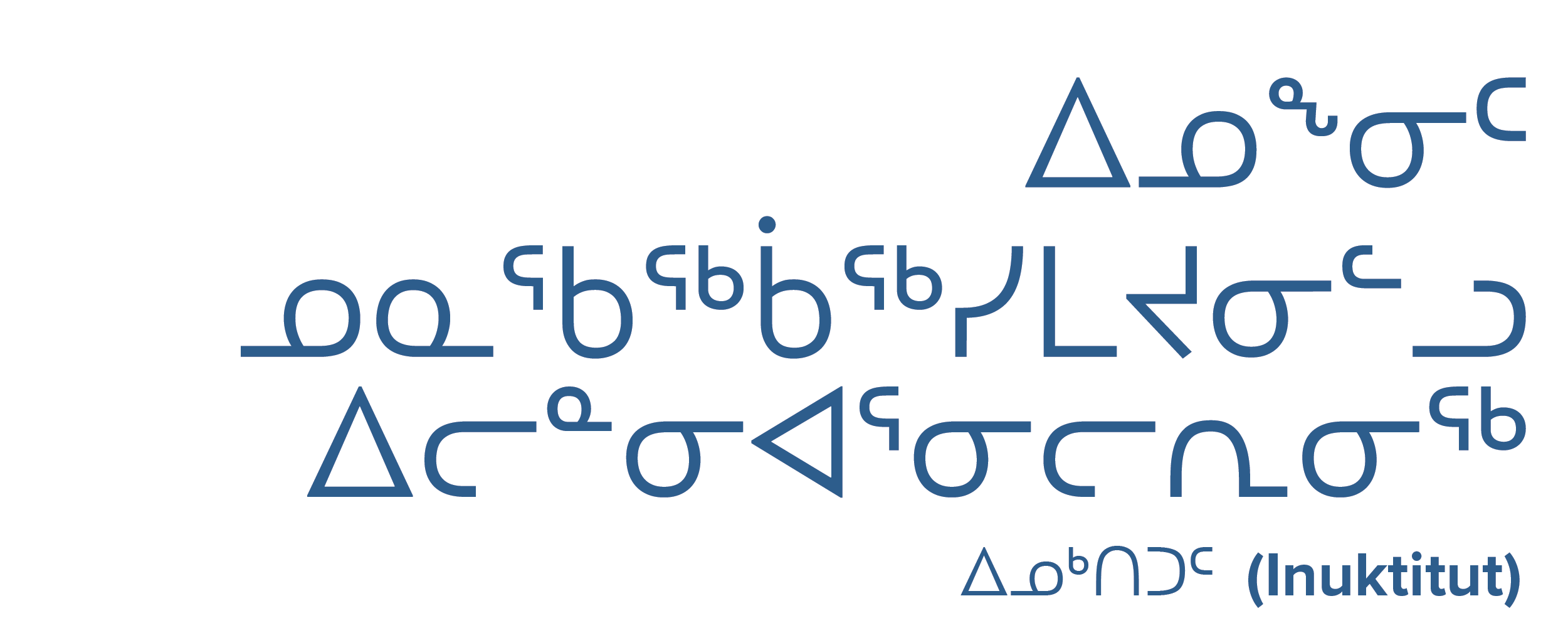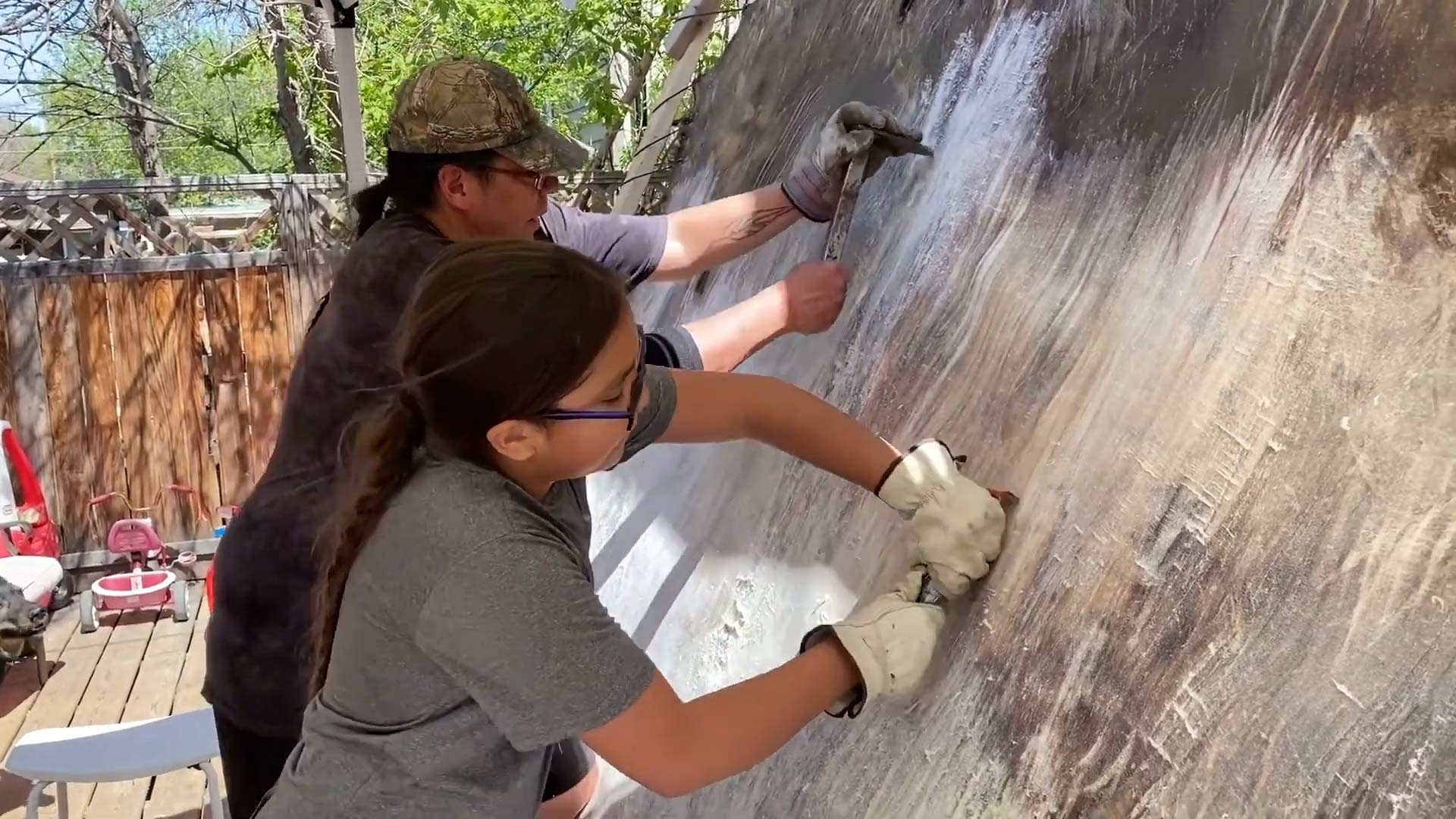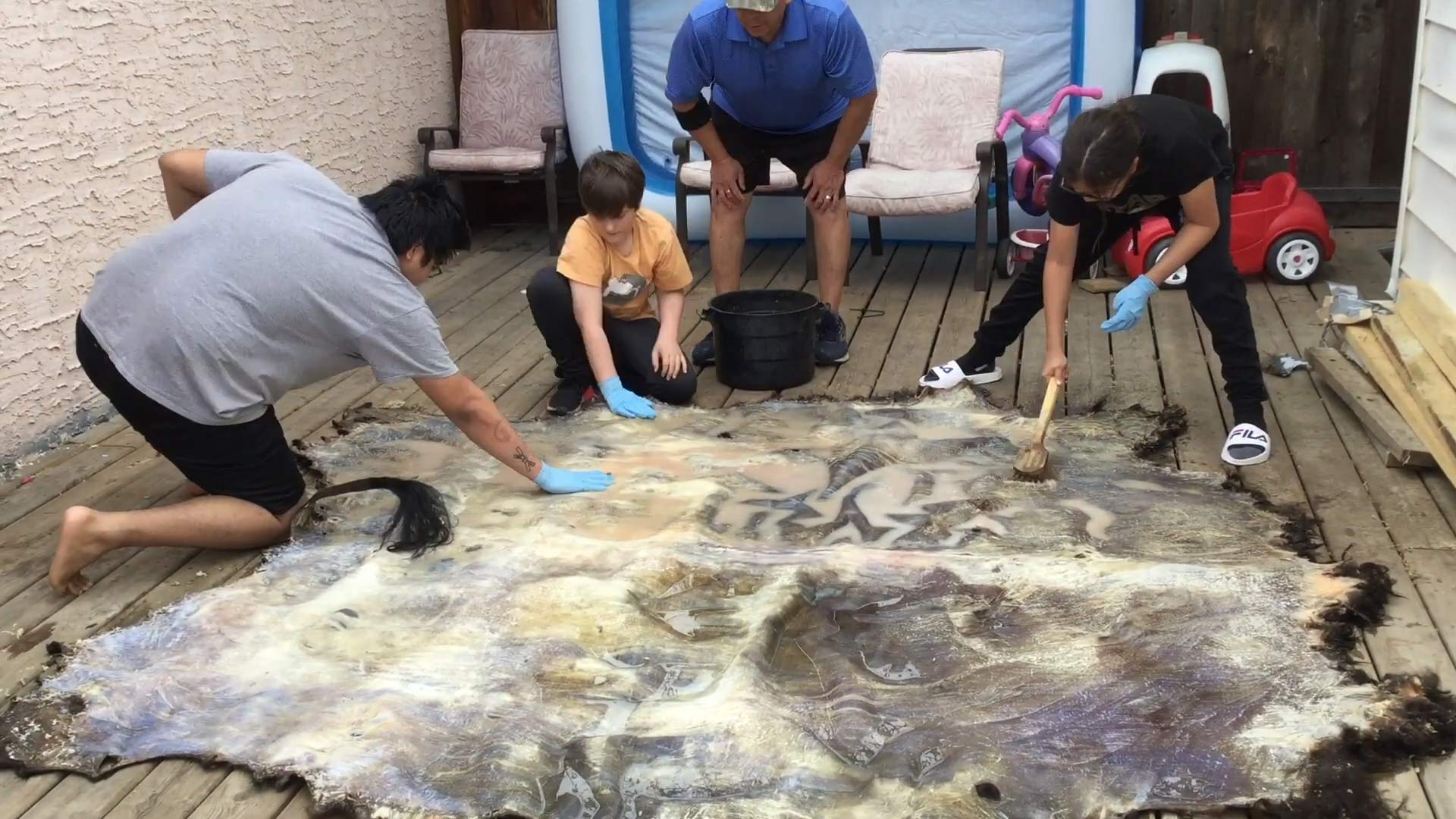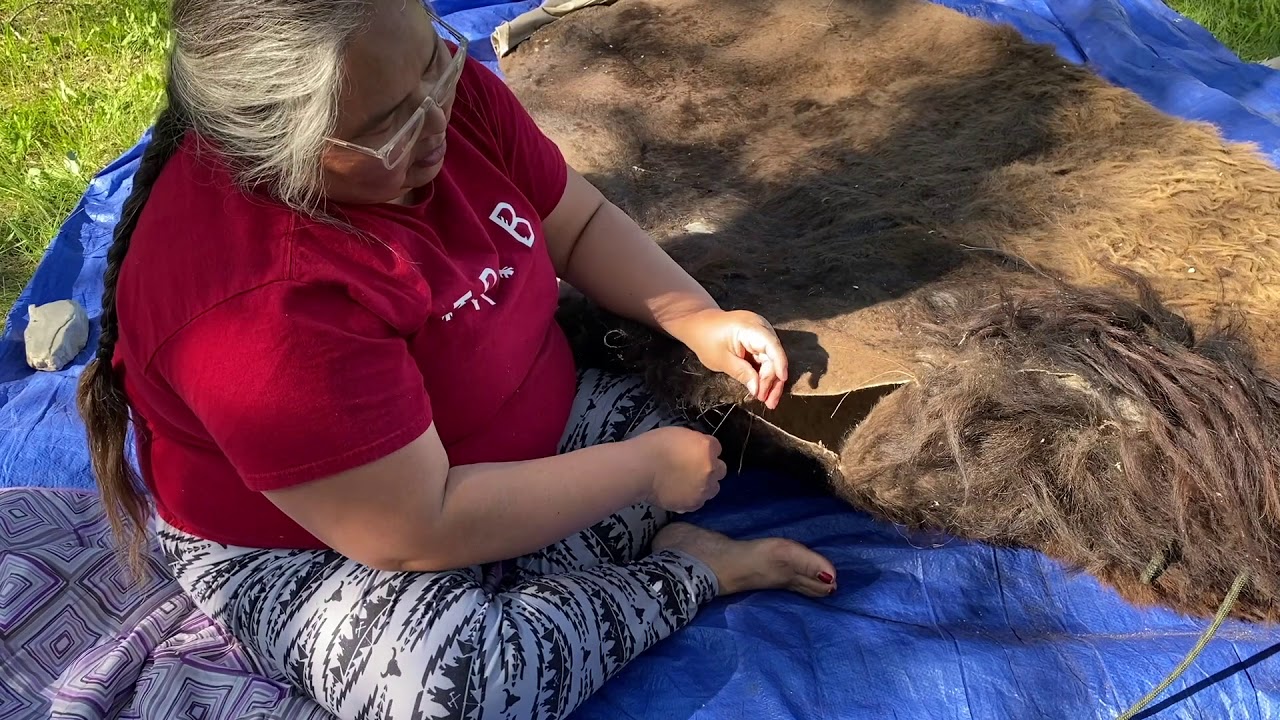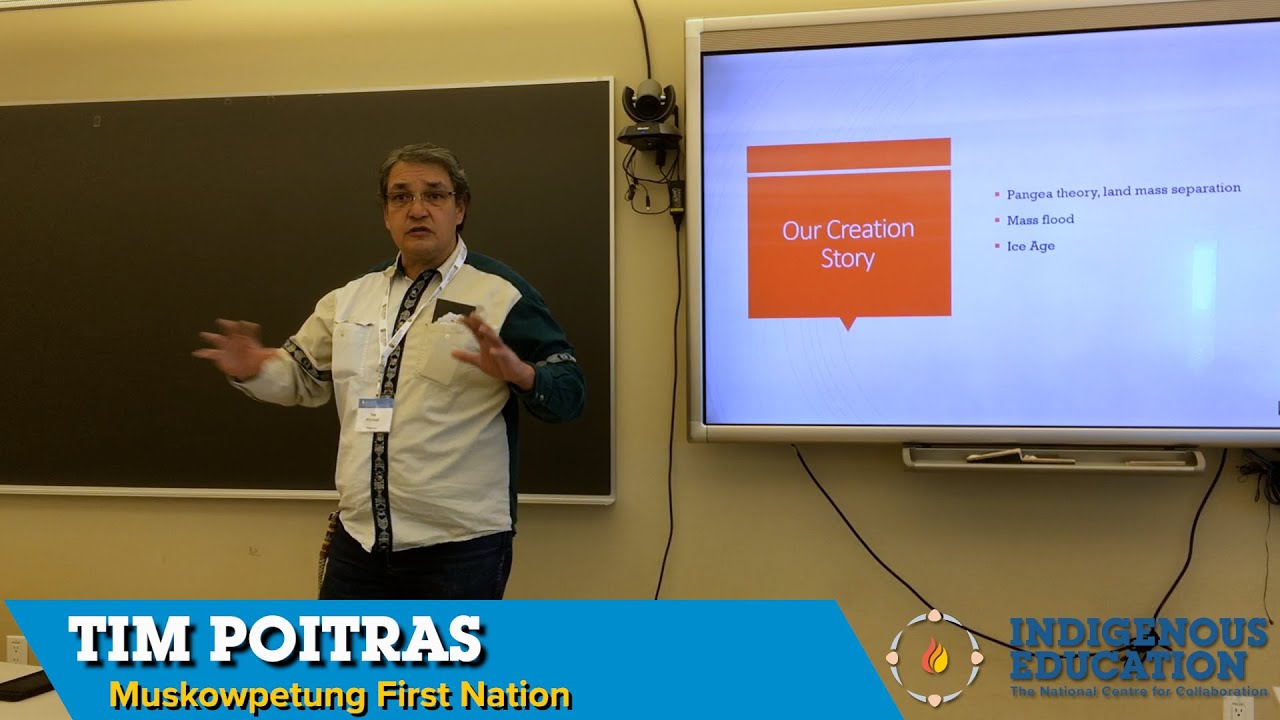Posted on by Kevin Fitzmaurice
Barbara Nolan is an Elder from Wiikwemkoong First Nation. She is the Language Commissioner for the Anishinabek Nation and has a long history of teaching the Anishnaabe language and has developed many different resources to help with the teaching and learning of Anishnaabemowin including the ‘Nishnaabemdaa’, an Anishinaabemowin language app available for iOS and Android […]
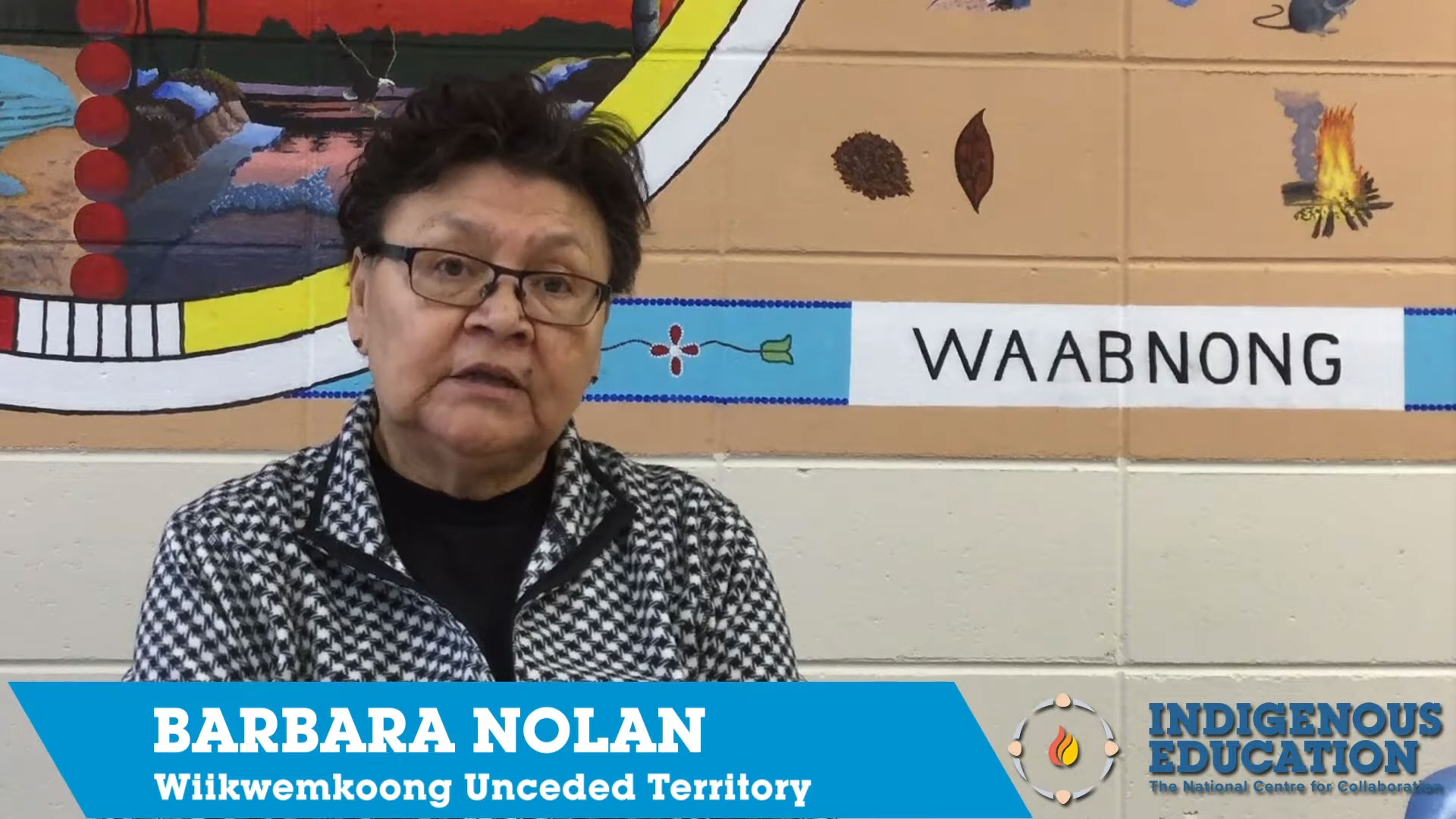
Barbara Nolan is an Elder from Wiikwemkoong First Nation. She is the Language Commissioner for the Anishinabek Nation and has a long history of teaching the Anishnaabe language and has developed many different resources to help with the teaching and learning of Anishnaabemowin including the ‘Nishnaabemdaa’, an Anishinaabemowin language app available for iOS and Android devices. Barbara also teaches Anishinaabemowin immersion on a part-time basis at the Garden River Child Care Centre.
According to Elder Barbara Nolan, traditional Anishnaabe education was on the land and children were included in everything that the parents did from picking berries, to cleaning fish and it was all done in the language. All these teachings can be included in today’s curriculum as part of land-based learning that is immersed in the language. This is Indigenous education and this is how our spirits get filled up.
Posted on April 7, 2021 by OFIFC and N'Swakamok Friendship Centre
The mission of the N’Swakamok Alternative School is to offer a wholistic and culturally inclusive educational program that meets the needs of urban Indigenous students.
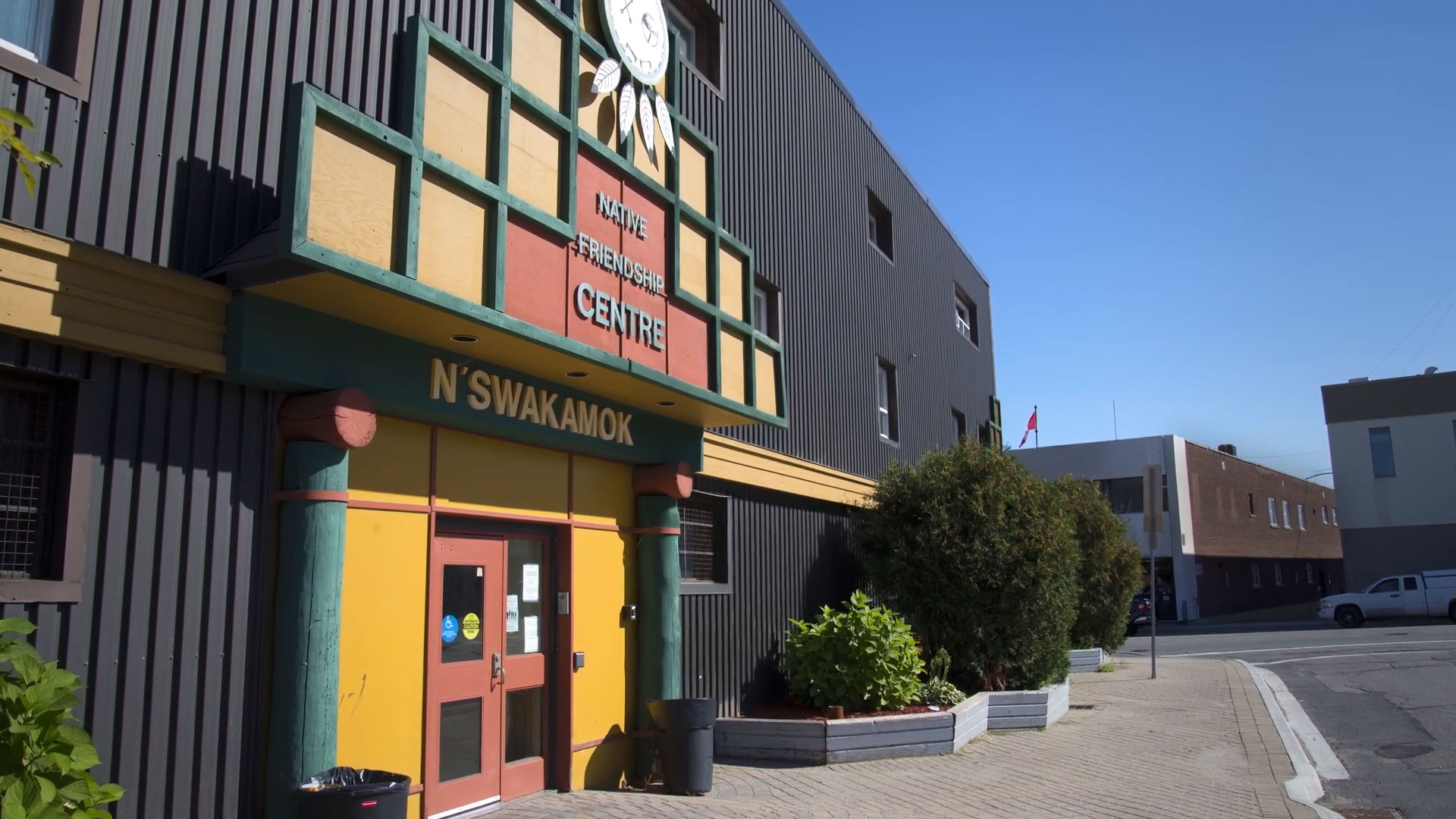
Founded in 1990, N’Swakamok Alternative School is housed at the N’Swakamok Native Friendship Centre in downtown Sudbury. The program is based on individualized, independent learning courses that students can complete at their own pace. The culturally-based program provides one-to-one tutoring, small and large group instruction with an integration of Indigenous content and traditional ways of teaching and learning. The mission of the N’Swakamok Alternative School is to offer a wholistic and culturally inclusive educational program that meets the needs of urban Indigenous students. The program coordinator, teachers and Friendship Centre staff support all students as they work toward their secondary, post-secondary, career and personal goals.
The N’Swakamok Alternative School is part of an Ontario-wide network of 11 Alternative Secondary Schools supported by the Ontario Federation of Indigenous Friendship Centres (OFIFC). The OFIFC is the largest urban Indigenous service network supporting the vibrant, diverse, and quickly-growing urban Indigenous population through programs and initiatives that span justice, health, family support, long-term care, healing and wellness, employment and training, education, and research. The OFIFC represents the collective interests and vision of its 29-member Friendship Centres, which are hubs of community and gathering spaces where people can connect to their culture, access services and programs and build community.
The vision of the Friendship Centre movement is to improve the quality of life for Indigenous people living in urban environments. Education has always been an integral part of this vision, as access to culturally-safe learning opportunities that center learners’ needs and gifts is key for the wellbeing of urban Indigenous people. The Alternative Secondary School Program was first piloted in 1990, as Friendship Centre communities organized to meet the needs of students and their families, in response to major gaps in mainstream schooling that included lack of safe, culture-based, wholistic education available to Indigenous learners. The program is realized through a partnership between Friendship Centres and their local District School Board, supported by a long-standing relationship between the Ontario Ministry of Education and the OFIFC. As a program dedicated to offering personalized support to Indigenous students within a setting that combines community and academic support, the ASSP reflects Indigenous student needs and delivers education tailored to Indigenous students in an Indigenous environment.
To learn more about this program, please visit https://ofifc.org/program/alternative-secondary-school-program/ and http://www.nfcsudbury.org/nswakamok-alternative-school/.
Posted on by OFIFC and N'Amerind Friendship Centre
Wiingashk Alternative Secondary School is located at N’Amerind Friendship Centre in London. This program offers urban Indigenous students a culture-based education that balances the secondary school curriculum with wholistic, culturally relevant educational approaches.
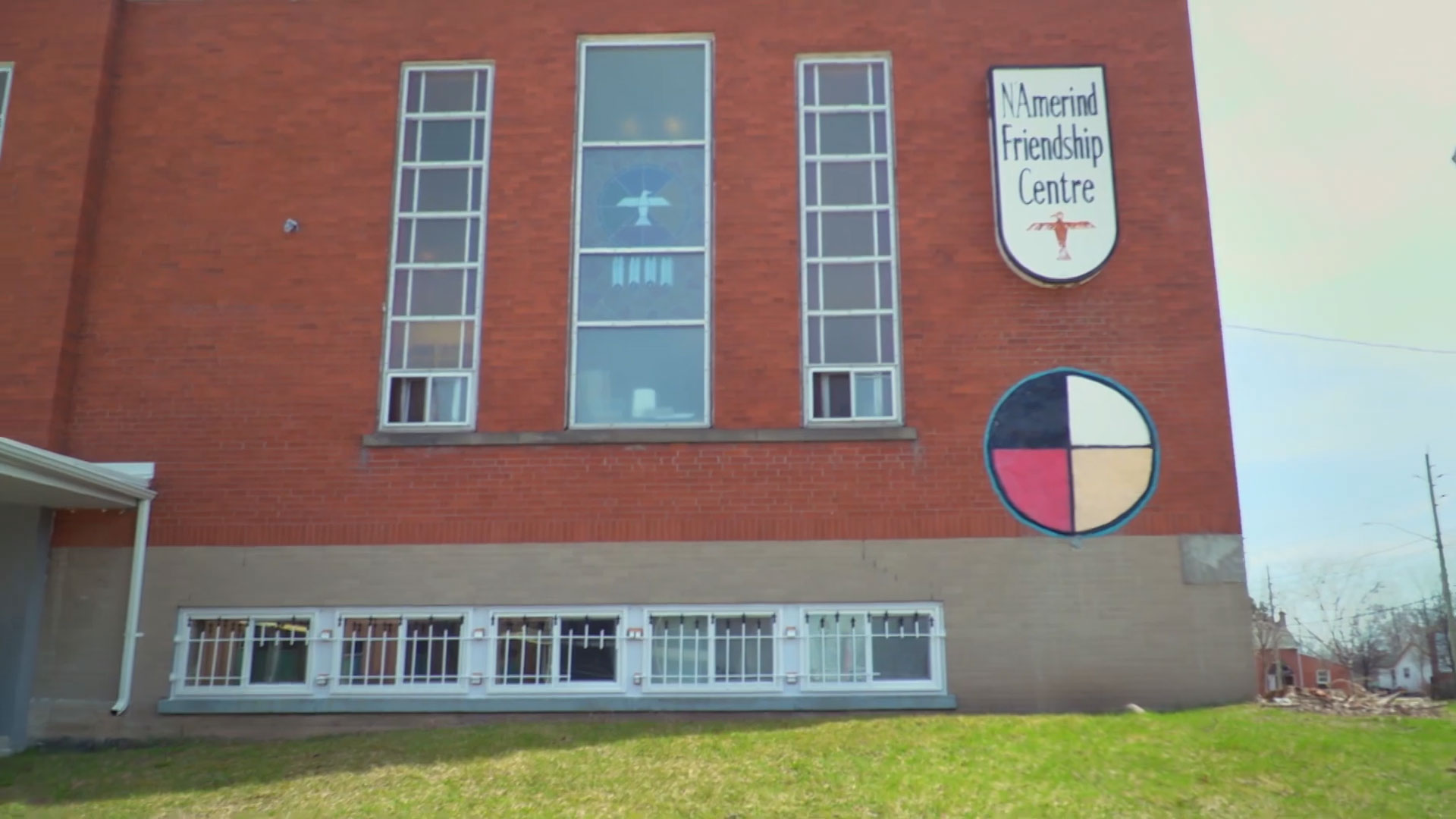
Wiingashk offers opportunities to learn life skills and Indigenous cultural teachings and is designed to help encourage Indigenous students to continue their self-voiced educational goals. The program coordinator and teachers work collaboratively with Friendship Centre staff, specifically Indigenous counsellors and mental health supports, to assist students with their overall well-being, personal goals, and life challenges.
The Wiingashk Alternative Secondary School is part of an Ontario-wide network of 11 Alternative Secondary Schools supported by the Ontario Federation of Indigenous Friendship Centres (OFIFC). The OFIFC is the largest urban Indigenous service network supporting the vibrant, diverse, and quickly-growing urban Indigenous population through programs and initiatives that span justice, health, family support, long-term care, healing and wellness, employment and training, education, and research. The OFIFC represents the collective interests and vision of its 29-member Friendship Centres, which are hubs of community and gathering spaces where people can connect to their culture, access services and programs and build community.
The vision of the Friendship Centre movement is to improve the quality of life for Indigenous people living in urban environments. Education has always been an integral part of this vision, as access to culturally-safe learning opportunities that center learners’ needs and gifts is key for the wellbeing of urban Indigenous people. The Alternative Secondary School Program was first piloted in 1990, as Friendship Centre communities organized to meet the needs of students and their families, in response to major gaps in mainstream schooling that included lack of safe, culture-based, wholistic education available to Indigenous learners. The program is realized through a partnership between Friendship Centres and their local District School Board, supported by a long-standing relationship between the Ontario Ministry of Education and the OFIFC. As a program dedicated to offering personalized support to Indigenous students within a setting that combines community and academic support, the ASSP reflects Indigenous student needs and delivers education tailored to Indigenous students in an Indigenous environment.
To learn more about this program, please visit https://ofifc.org/program/alternative-secondary-school-program/ and http://www.namerind.on.ca/.
Posted on March 30, 2021 by Steffany Salloum
Elder Willie Ermine from Sturgeon Lake First Nation shares about the process of community development and how possibilities like Harvest Days come to fruition in his community.
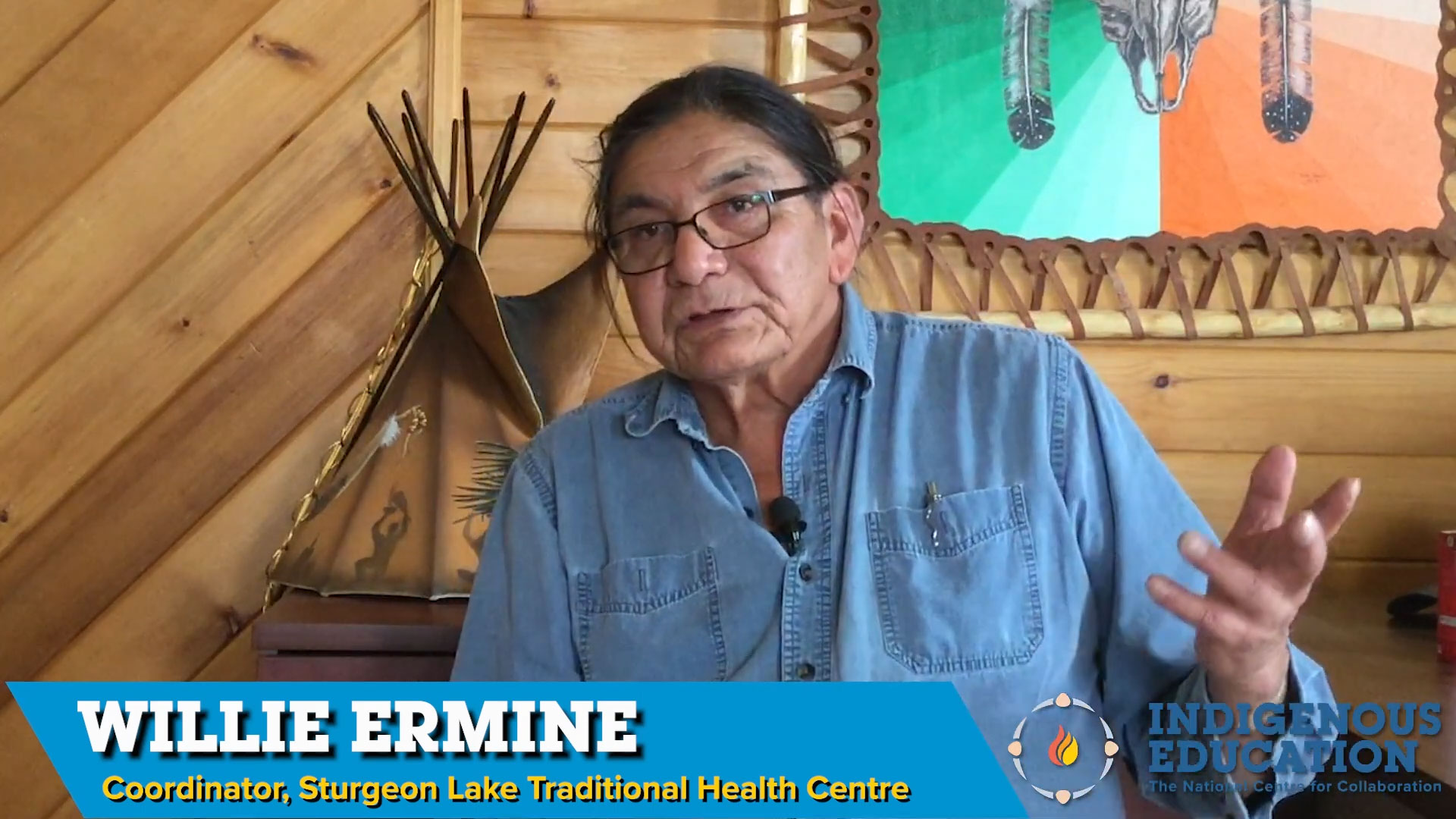
Elder and ceremonialist, Willie Ermine, from Sturgeon Lake First Nation is the Traditional Health Coordinator at the Lloyd Johnson Memorial Healing Lodge. It is through the Elder’s Council and the work of the Healing Lodge that brings Sturgeon Lake community members together. Ermine discusses the history of his community and shares about the uniqueness of community members. The people are special and it is with the gifts of the people that will determine what is possible. By extracting the memory of the community he hopes that community members will see themselves in the history and will find strength in that knowledge.
Case Study: Sturgeon Lake Traditional Health Program
Posted on January 29, 2021 by Steffany Salloum
The Warrior’s Club is a land-based education group that meets bi-monthly to learn experientially about the land.
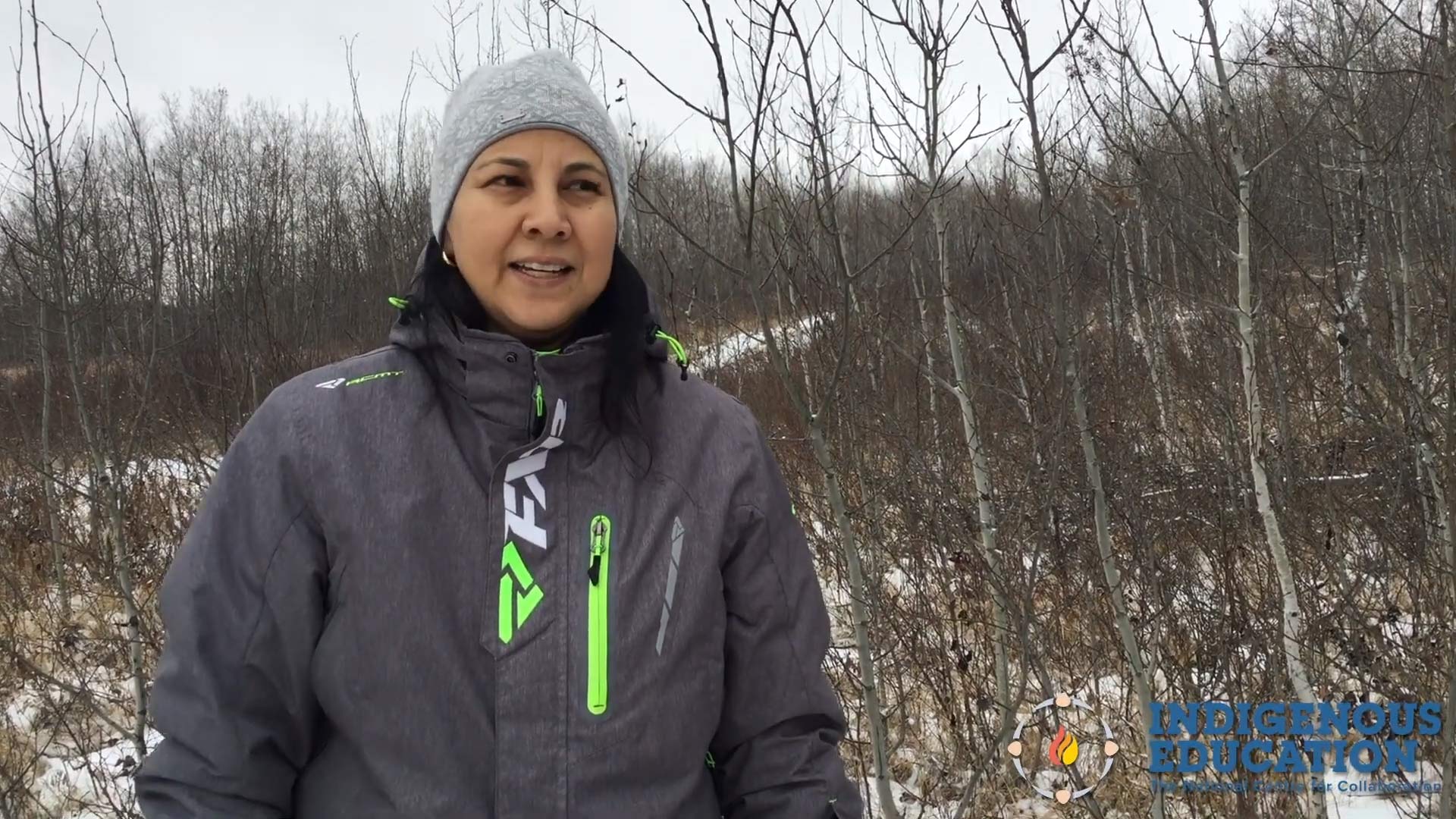
Tanya McCallum, is one of the land-based instructors at Sturgeon Lake Central School who help leads a Warrior’s Club for Indigenous male youth ages 11-15, she along with Lionel McKenzie. The Warrior’s Club educates youth and encourages them to develop a relationship with the land. Between the skills that they develop and the connections they make, the activities they engage in are meant to empower the next generation of men. The Club meets twice a month and engages in the following activities: camping, snaring, harvesting deadfall from the bush and chopping the wood, fire keeping, fishing, ice fishing, kayaking, canoeing, history lessons, and Cree language instruction.
Recently, the boys received chainsaw and axe safety lessons prior to using the equipment. After that, they were able to harvest the deadfall from the bush, chop the wood, and deliver the chopped wood to Elders and families in the community who were struggling financially. The boys are eager to provide this service to their community and the community members value the youth for their efforts.
This program has been made possible since 2017 due to the collaboration between Belinda Daniels and her uncle Velmer Ermine, who write up the grants and reports for and through Jordan’s Principle. This is a community collaboration, a ‘grassroots’ initiative between all who all support the program and the youth involved, and a special gratitude to the numerous guest speakers who enrich this program throughout all of the years.
